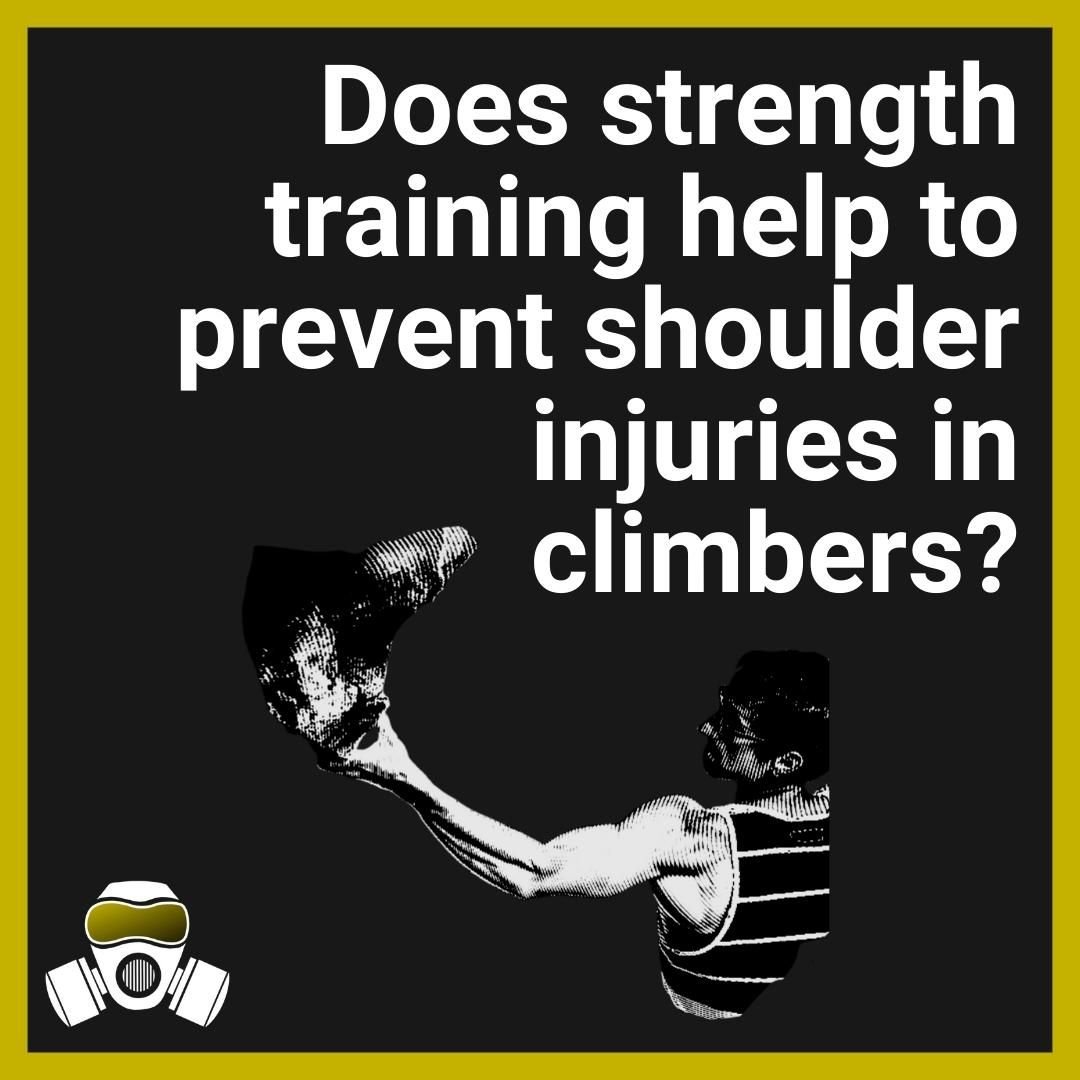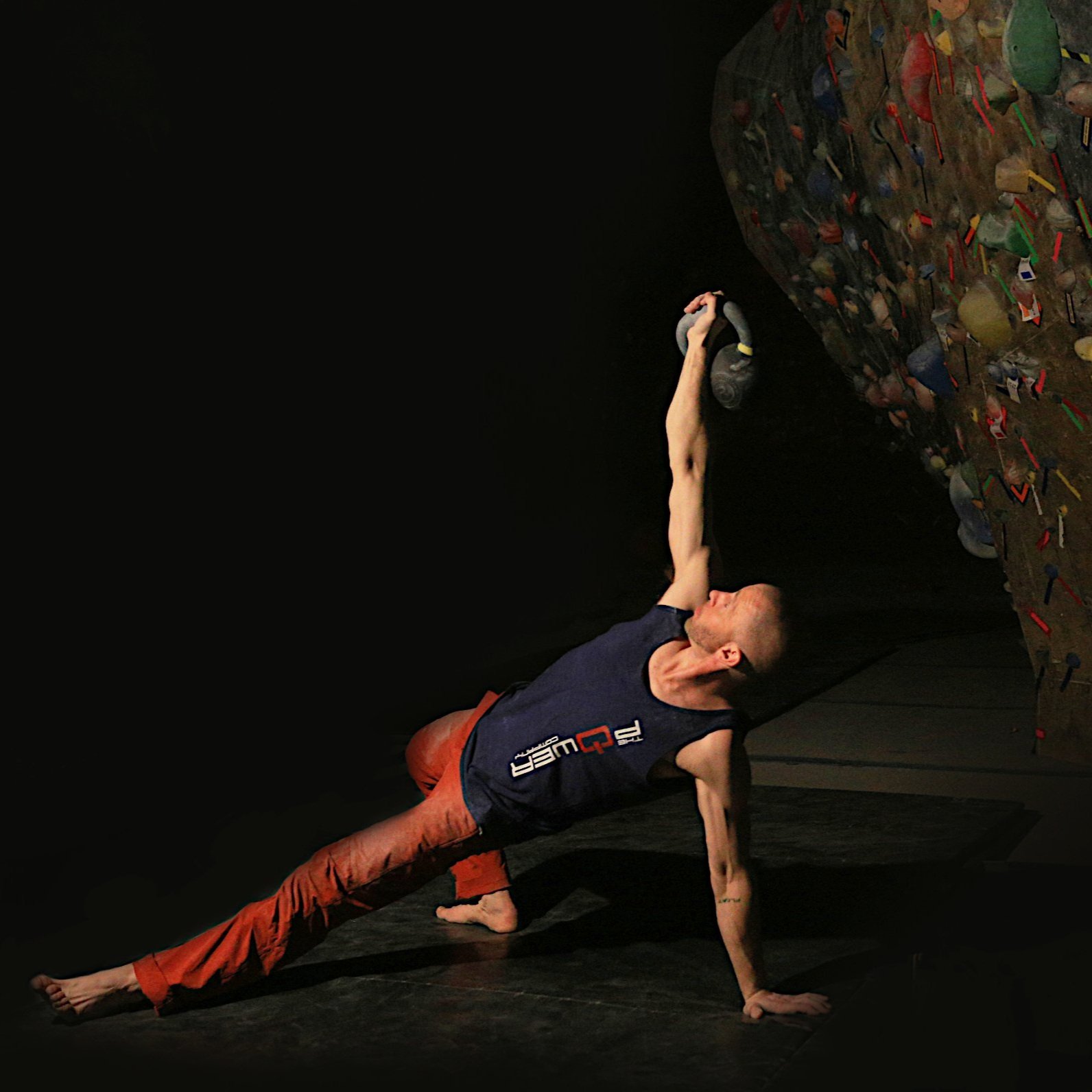Hypertrophy for Climbing Part 1: Stronger, Not Bigger.
For the final push into the autumn season, I realized that my gains from "technique" power training are diminishing, and that maybe its time to focus on real, honest to goodness POWER. After a little research, it seemed as if the obvious thing to do would be to split the power phase into two distinct parts: Muscular Hypertrophy and Maximum Recruitment. Put simply, muscular hypertrophy is the growth of muscle components as a response to strength training. Maximum recruitment training is an attempt to raise the number of muscle fibers that are firing for every movement. Build the muscles, then ask them to work harder... that's the plan.

I'm currently a week and a half into my hypertrophy phase, and frankly, I'm lucky it even got going. Just as for any other part of my training, I want to learn as much as possible before embarking. Problem is, upon looking deeper into just how to structure my strength training, I discovered two distinctly different types of muscular hypertrophy: sarcoplasmic and myofibrilar. Of those two, nobody could really agree on the number of reps best suited. Great. I love being more confused than when I started.
Here's what I do know (I think): While both types of hypertrophy occur simultaneously in any strength exercise, you CAN angle for one or the other, depending on your goals. For rock climbing, we want myofibrillar hypertrophy. Here's why...

Dorian Yates could climb AT LEAST 5.6. Maybe.
Sarcoplasmic hypertrophy is the building of muscular fluid and the proteins that don't directly contribute to muscular force. Basically, it makes you big, but not so strong. On the other hand, myofibrillar hypertrophy promotes the growth of the contractile units in the muscle, which ultimately means greater force production. The gains through this type of training are largely a neural response, resulting in stronger muscles that don't grow as big. The differences in the two types of hypertrophy are what you're seeing when that big, bulky, musclebound, fake-tanned guy in the speedo is lifting about half of what you expected to see. Form over function. Sissy muscles.
So, how to achieve myofibrillar hypertrophy? Who the hell knows? No two people agree on the number of reps, or percentage of maximum lift you should be using. After reading about 75 almost entirely conflicting opinions, I found one that came pretty close to averaging out everything I'd read. I stole this directly from bodybuilding.com:
Studies have shown an intense set of 5 reps involves more fibers than an intense set of 1 rep. Research has shown that using loads in the 90% range causes failure to occur before a growth stimulus has been sent to the cells. Therefore other factors besides muscle fiber fatigue result in termination of the set. The muscle simply does not have sufficient time under tension to stimulate the growth process. High rep training produces high levels of phosphate and hydrogen ions, which enhance the growth process. Research has shown heavy lifting enhances neural efficiency (improved motor recruitment, and firing rates), which enhances strength, but does not necessarily result in muscular growth.
Yeah, I had to read it a few times as well. Too many numbers, percentages, and big words. Basically, I think it's telling me that somewhere between 3-6 reps is ideal (notice how I used 2 numbers he didn't... I'm averaging his with all the others, making my plan one step more correct). As for number of sets, strangely, most experts seem to agree that 5 or 6 sets is best for gaining strength and power.
Now that we know all of that (or at least have this page bookmarked so we can go back and reference it), which exercises do we choose to do for 6 sets of 3-6 reps? For my training I chose mostly compound exercises (movement through more than one joint, working several muscle groups at once) that focus on the upper body, such as chin ups, bent-over rows, military presses, and dips. I'm also employing a couple of isolation exercises that focus on one muscle group, such as bicep curls and lateral raises, mostly because I already know that my body responds nicely to those lifts.
This is an experiment. I have my doubts that weights will play much of a part in my climbing, though I'm willing to make the attempt. I have a fairly extensive background of weight lifting, so I assume my gains will be much less than the person who has never lifted. Which brings me to a point... if you're jumping into a weight training program for the first time, learn the correct form. Nothing will hurt you faster than bad form and heavy weights.
Now to go out and buy some heavier dumbbells...








Heading into this summer of training, I've made some drastic changes for the simpler concerning the hangboard.